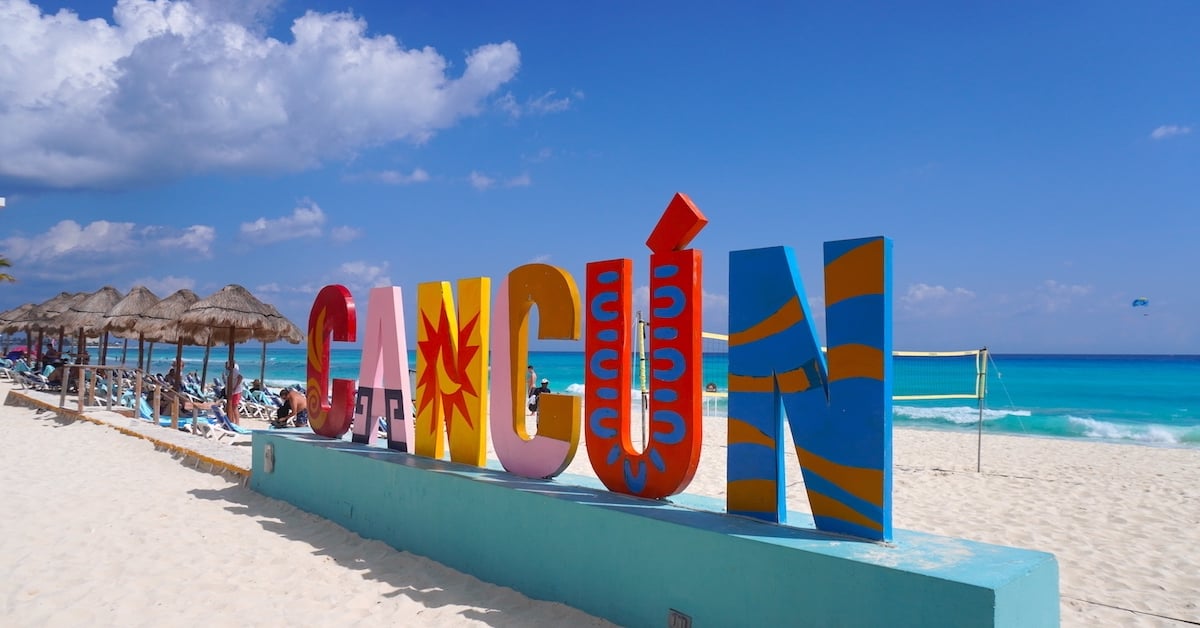The white-sand beaches of Cancún and the Riviera Maya have long been a playground for U.S. tourists seeking sun and fun. But recent data reveals an unexpected trend: fewer Americans are visiting Mexico’s Caribbean coast this year . . .

The white-sand beaches of Cancún and the Riviera Maya have long been a playground for U.S. tourists seeking sun and fun. But recent data reveals an unexpected trend: fewer Americans are visiting Mexico’s Caribbean coast this year . . .
